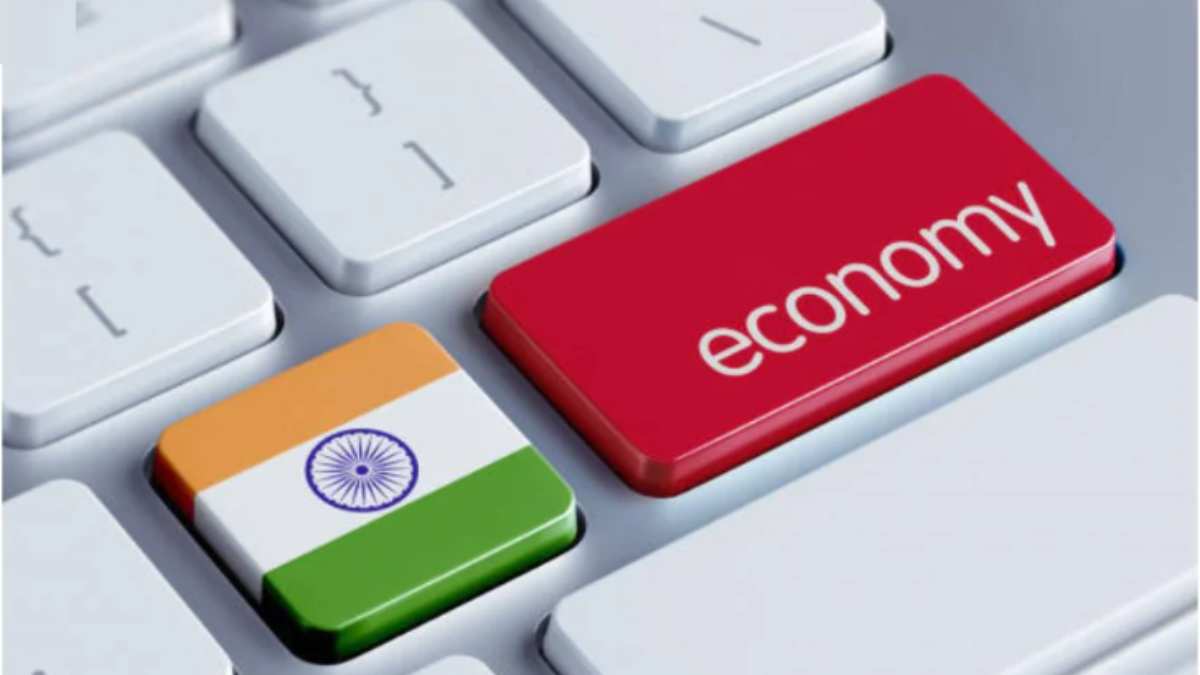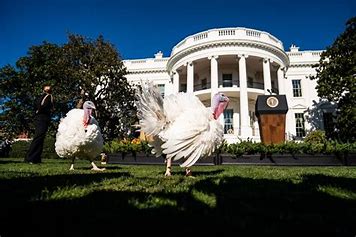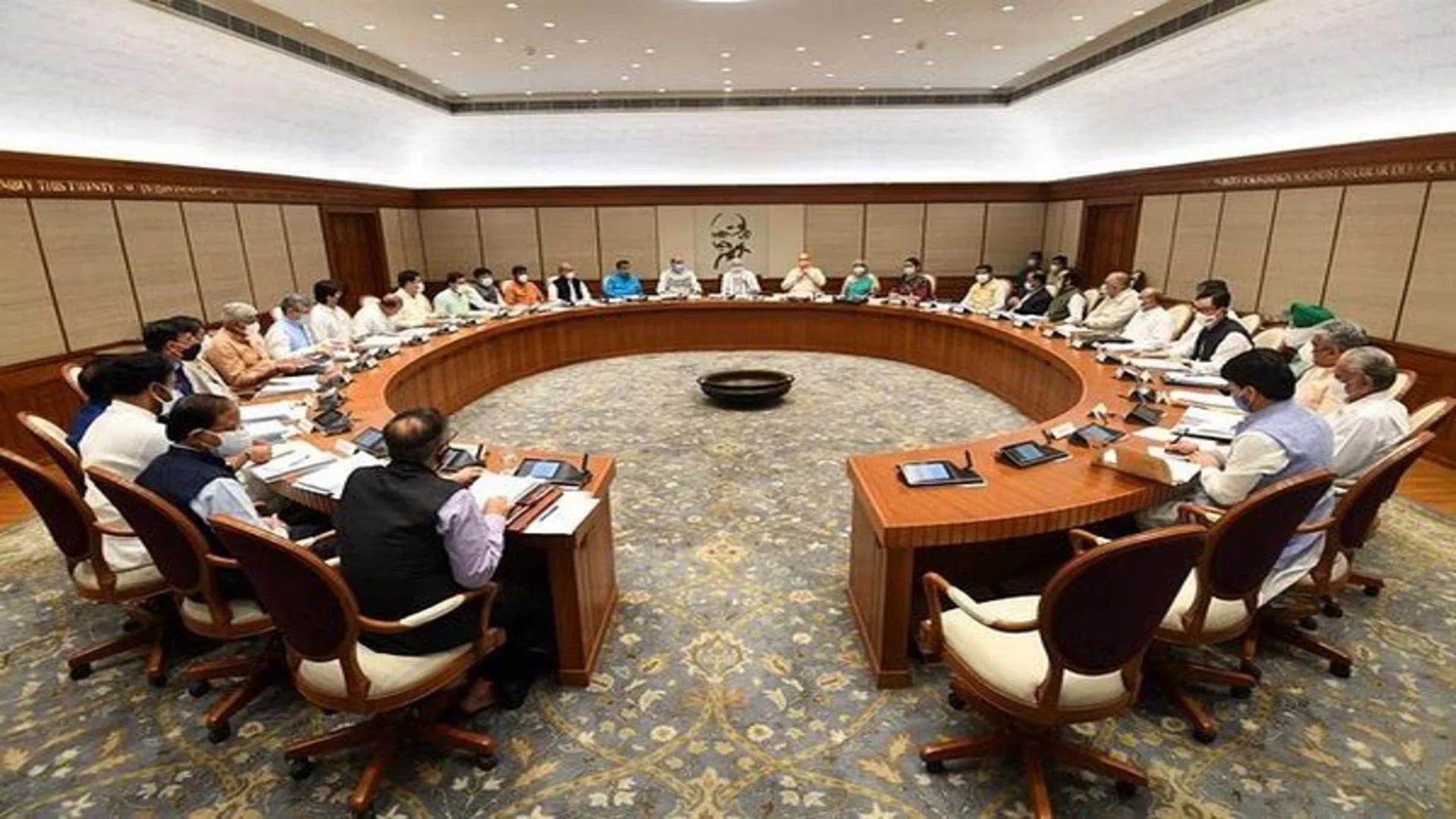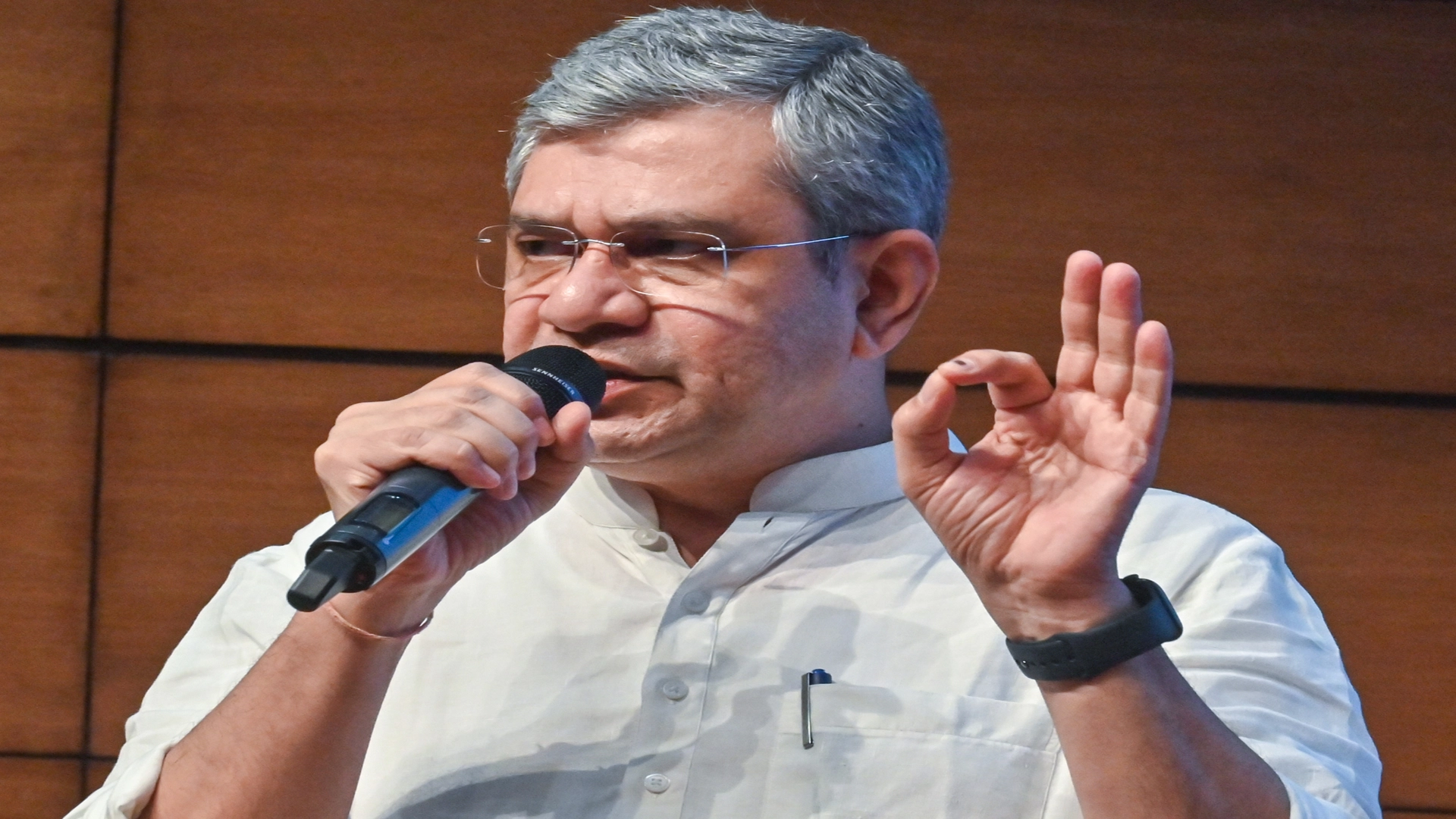
India is set to become the world’s fastest-growing major economy with GDP growth of 9.2% in the current financial year and is projected to remain in the range of 8% to 8.5% in 2022-23, according to Economic Survey 2021-22 tabled in Parliament on Monday.
Growth in 2022-23 will be supported by widespread vaccine coverage, gains from supply-side reforms and easing of regulations, robust export growth, and availability of fiscal space to ramp up capital spending. According to the annual survey report tabled in Parliament by Finance Minister Nirmala Sitharaman, India’s GDP growth is estimated to slow to 7.1% in 2023-24.
“Even going by the most conservative estimates, will be the world’s fastest-growing economy,” said Sanjeev Sanyal, Principal Economic Advisor in the Finance Ministry and the lead author of the report.
However, the report also noted the challenges arising out of the new COVID-19 variants and uncertainties in the global economy and inflation.
Inflation has reappeared as a global issue in both advanced and emerging economies and India needs to be wary of “imported inflation”, especially due to high oil prices.
“Inflation has reappeared as a global issue in both advanced and emerging economies. India’s Consumer Price Index inflation stood at 5.6% YoY in December 2021 which is within the targeted tolerance band,” the report said.
“Wholesale price inflation, however, has been running in double-digits. Although this is partly due to base effects that will even out, India does need to be wary of imported inflation, especially from elevated global energy prices,” it said.
The report noted that the “global environment still remains uncertain.”
“At the time of writing, a new wave in the form of the Omicron variant was sweeping across the world, inflation had jumped up in most countries, and the cycle of liquidity withdrawal was being initiated by major central banks. This is why it is especially important to look at India’s macroeconomic stability indicators and their ability to provide a buffer against the above stresses,” it said.
Overall, macro-economic stability indicators suggest that the Indian economy is well placed to take on the challenges of 2022-23, it said.
One of the reasons that the Indian economy is in a good position is its unique response strategy. Rather than pre-commit to a rigid response, the Government of India opted to use safety-nets for vulnerable sections on one hand while responding iteratively based on Bayesian-updating of information.
This “barbell strategy” was discussed in last year’s Economic Survey. A key enabler of this flexible, iterative “Agile” approach is the use of eighty High-Frequency Indicators (HFIs) in an environment of extreme uncertainty.
The Finance Minister tabled the Economic Survey 2021-22 along with Statistical Appendix.
Talking to journalists after the release of the report, Chief Economic Advisor V. Anantha Nageswaran said, the government pursued four-pronged approach to steer the economy from the COVID-19 crisis. This year’s economic survey report was drafted by a team led by the principal economic advisor as the post of the chief economic advisor was vacant. Nageswaran joined to his new position just a couple of days ahead of the release of the report.
Referring to the Advance Estimates of National Income released by the National Statistical Office (NSO), the survey said India’s Gross Domestic Product (GDP) is expected to expand by 9.2% in the current financial year after contracting in 2020-21. This implies that overall economic activity has recovered past the pre-pandemic levels.
Almost all indicators show that the economic impact of the “second wave” in Q1 was much smaller than that experienced during the full lockdown phase in 2020-21 even though the health impact was more severe, it said.
Agriculture and allied sectors have been the least impacted by the pandemic and the sector is expected to grow by 3.9% in 2021-22 after growing 3.6% in the previous year.
Advance estimates suggest that the GVA of Industry (including mining and construction) will rise by 11.8% in 2021-22 after contracting by 7% in 2020- 21.
The Services sector has been the hardest hit by the pandemic, especially segments that involve human contact. This sector is estimated to grow by 8.2% this financial year following last year’s 8.4% contraction.
Total Consumption is estimated to have grown by 7.0% in 2021-22 with significant contributions from government spending. Similarly, Gross Fixed Capital Formation exceeded pre-pandemic levels on the back of ramped up public expenditure on infrastructure.
Exports of both goods and services have been exceptionally strong so far in 2021-22, but imports also recovered strongly with recovery in domestic demand as well as higher international commodity prices.
FISCAL DEFICIT REDUCED
Robust growth in tax and non-tax revenues has led to a significant reduction in fiscal deficit during April-November 2021 when compared with the corresponding period of the previous year, according to the Economic Survey 2021-22 released on Monday.
The data on Government accounts for April to November 2021, released by the Controller General of Accounts, show that the fiscal deficit of the Central Government in November 2021 end stood at 46.2 per cent of the budget estimate compared to 135.1 per cent during the same period in 2020-21 and 114.8 per cent during the same period in 2019-20. During this period both fiscal deficit and primary deficit stood at levels much below the corresponding levels in the previous two years. The primary deficit during the period April to November 2021 turned up at nearly half of the level it had reached during April to November 2019. The fiscal deficit budgeted in the current year was more realistic as it brought in several off-budget items to within the budget allocation such as the food subsidy requirements of the Food Corporation of India (FCI).
BANKING
The commercial banking sector has so far weathered the pandemic shock even if there are some looming impacts, said the 2022 Economic Survey tabled in Parliament on Monday.
According to the survey, the gross non-performing advances ratio of Scheduled Commercial Banks (SCBs) continued to decline from 11.2% in 2017-18 to 6.9% by September 2021. Moreover, the SCBs witnessed net non-performing advances ratio declined from 6% to 2.2% during the same period.
The survey further said, “accommodative money policy, along with other regulatory dispensations, asset classification standstill, temporary moratorium and provision of adequate liquidity was put in place in order to provide a safety net to the system.”
“Liquidity has been down partly but remains in surplus mode and regulatory measures have been realigned,” read the survey.
MERCHANDISE
EXPORTS ON TRACK
India is well on track to achieve a merchandise export target of US $400 billion in 2021-22 after the pandemic-induced slump of the previous year, with strong capital flows into India leading to a rapid accumulation of foreign exchange reserves, according to the Economic Survey 2021-22.
The survey noted that the resilience of India’s external sector during the current year augurs well for growth revival in the economy. It, however, cautions that the downside risks of global liquidity tightening and continued volatility of global commodity prices, high freight costs, coupled with the fresh resurgence of COVID-19 with the new variants may pose a challenge for India during 2022-23.
The survey states that owing to the recovery of global demand coupled with a revival in domestic activity, India’s merchandise exports and imports rebounded strongly and surpassed pre-COVID levels during the current financial year.
The revival in exports was also helped by timely initiatives taken by the Government. The USA followed by the UAE and China remained the top export destinations in April-November, 2021, while China, the UAE and the USA were the largest import sources for India.
Despite weak tourism revenues, there was a significant pickup in net services receipts during April-December, 2021 on account of robust software and business earnings, with both receipts and payments crossing the pre-pandemic levels.















